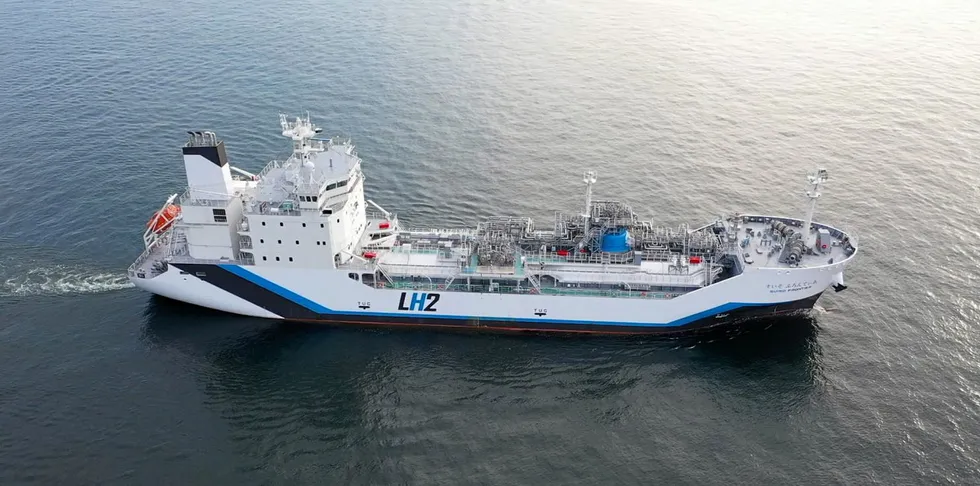'Serious incident' | Fire aboard world's first hydrogen carrier vessel investigated by Australian authorities
Flames emerged from the Suiso Frontier shortly before ship made the first international liquid H2 shipment, it has emerged

Flames emerged from the Suiso Frontier shortly before ship made the first international liquid H2 shipment, it has emerged
